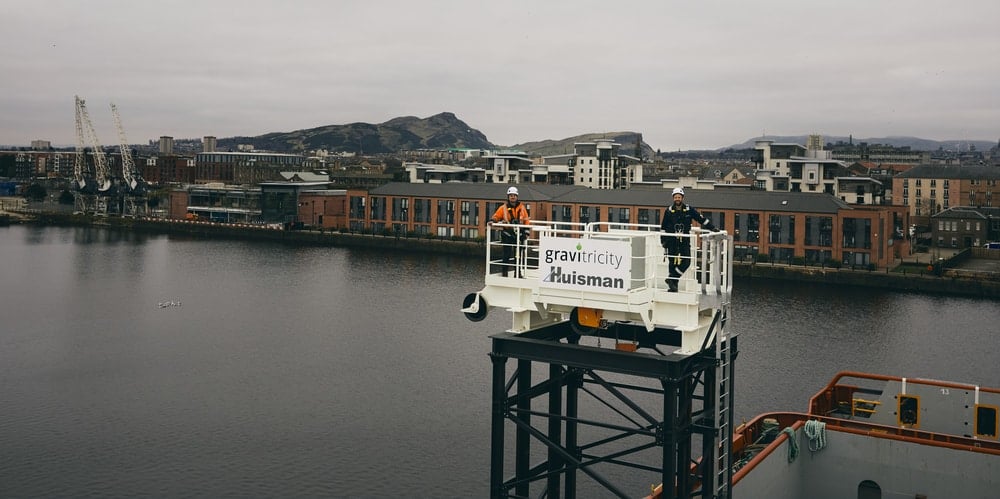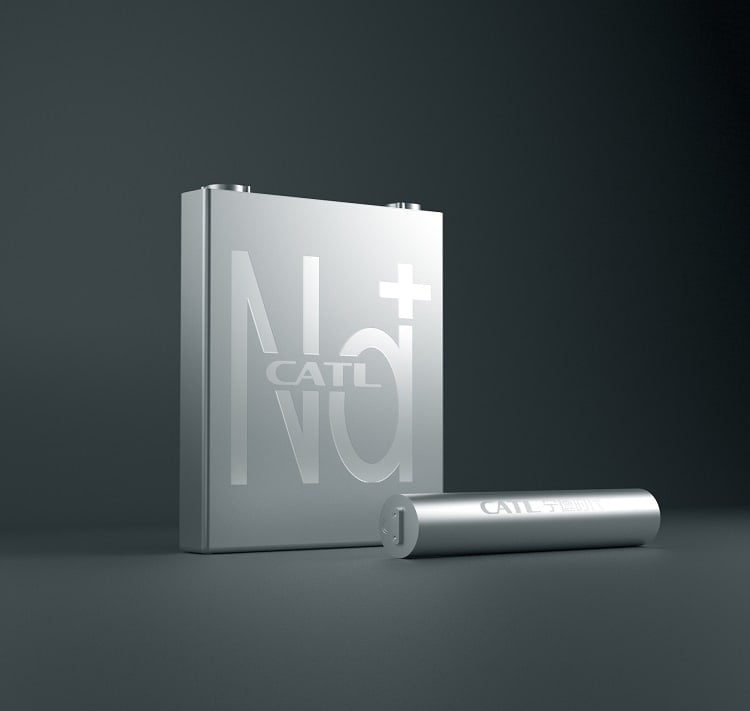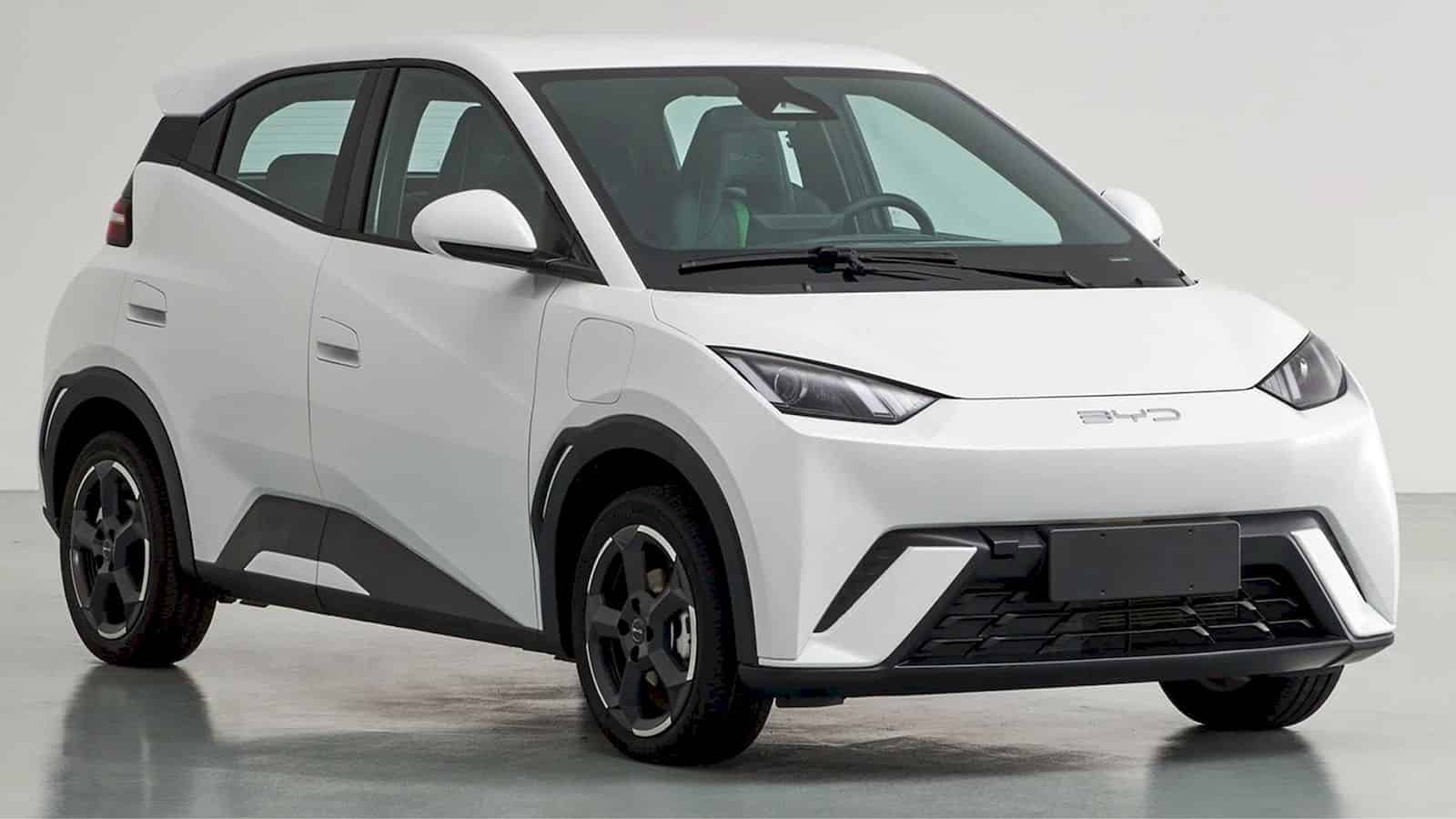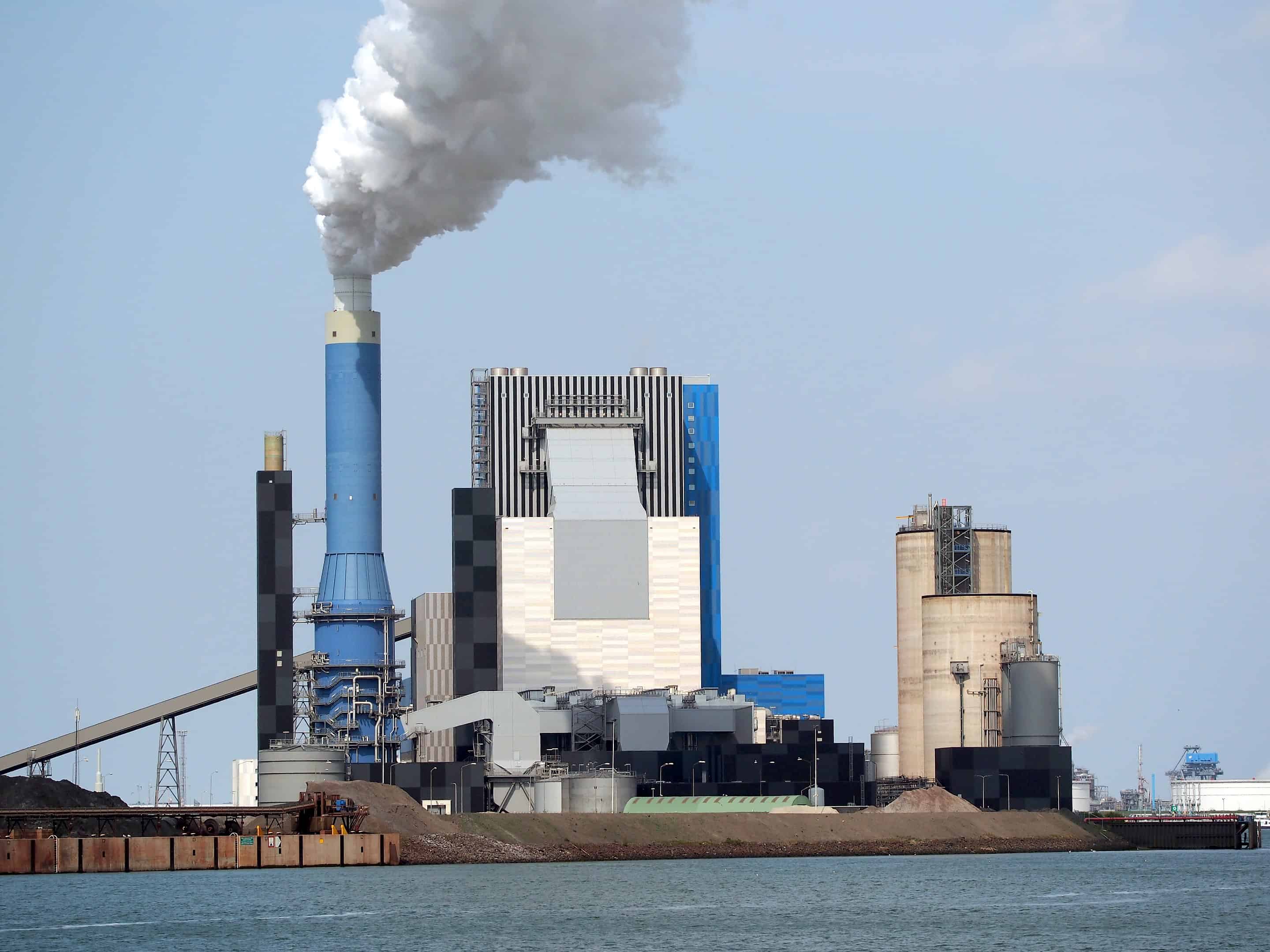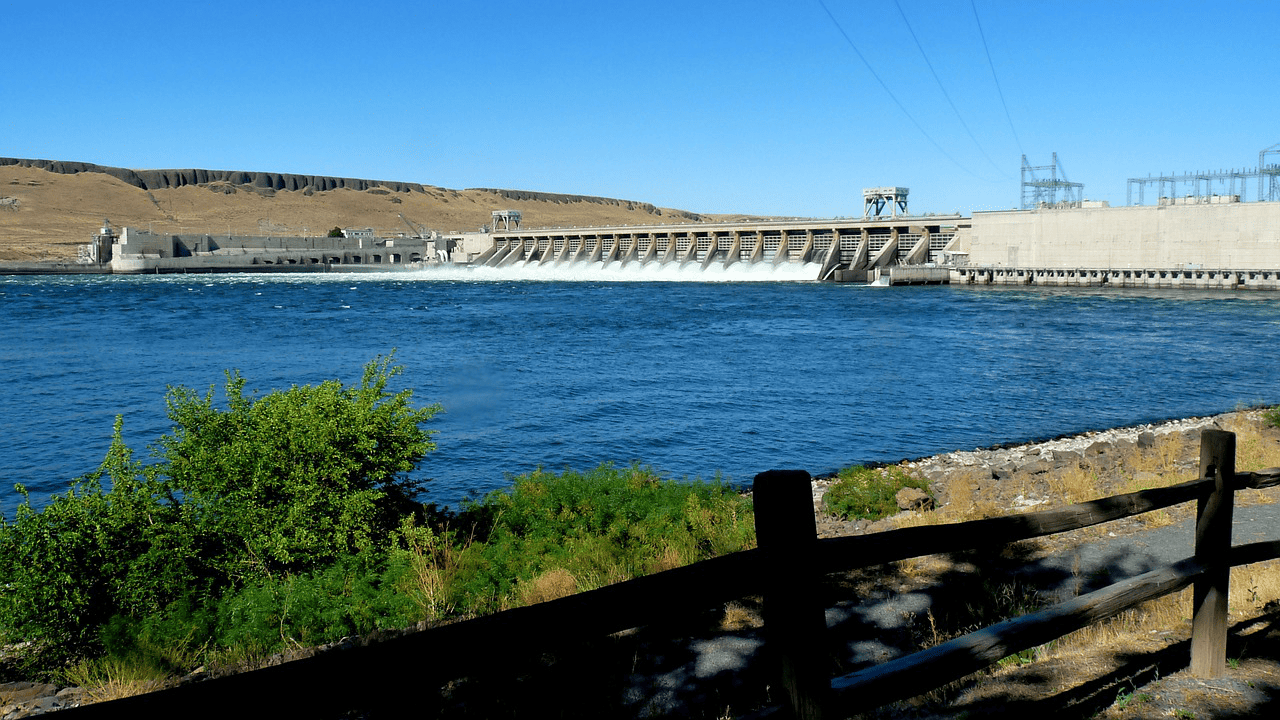
“The world is witnessing a revolution in energy storage with the rise of water batteries, also known as pumped storage hydropower plants, a type of hydroelectric energy storage. It is a configuration of two water reservoirs at different elevations that can generate power as water moves down from the higher pool to the lower one (discharge), passing through a turbine. The system also requires power by pumping water back into the upper reservoir (recharge). Water batteries are gaining traction in Europe. Switzerland’s Nant de Drance pumped storage power plant in Valais can power up to 900.000 homes. Scotland has approved a £500 million expansion of an underground hydro storage plant known as ‘Hollow Mountain’, increasing its generating capacity by 600 megawatts and contributing to the country’s net-zero targets.
- Water batteries can be an essential puzzle piece in the ongoing energy transition.
- These systems leverage water flow to store and release power.
- Switzerland and Scotland are setting the example in Europe.
Pumped Storage Hydropower (PSH), at the heart of these water batteries, was first used in Italy and Switzerland in the 1890s and the United States in 1930. The system works like a giant battery, storing power when there is excess electricity in the grid and releasing it to generate power when needed. There are two types of PSH: open-loop, which has a hydrologic connection to a natural body of water, and closed-loop, where reservoirs are not connected to an outside body of water.
Switzerland’s Nant de Drance: a massive water battery
The Nant de Drance facility in Switzerland, located high in the Swiss Alps, is a shining example of a modern PSH plant. This $2 billion project, which was 14 years in the making, boasts six reversible turbines stored 600 meters underground in a cavern the length of two football fields. The turbines are powered by water cascading down a steel pipe taller than the Eiffel Tower, providing the same energy storage capacity as 400,000 electric car batteries.
Nant de Drance repurposed two existing reservoirs, raising the upper one by 21.5 meters to double its capacity. The facility has a storage capacity of 20 million kWh and can store enough hydroelectric energy to power up to 900,000 homes.
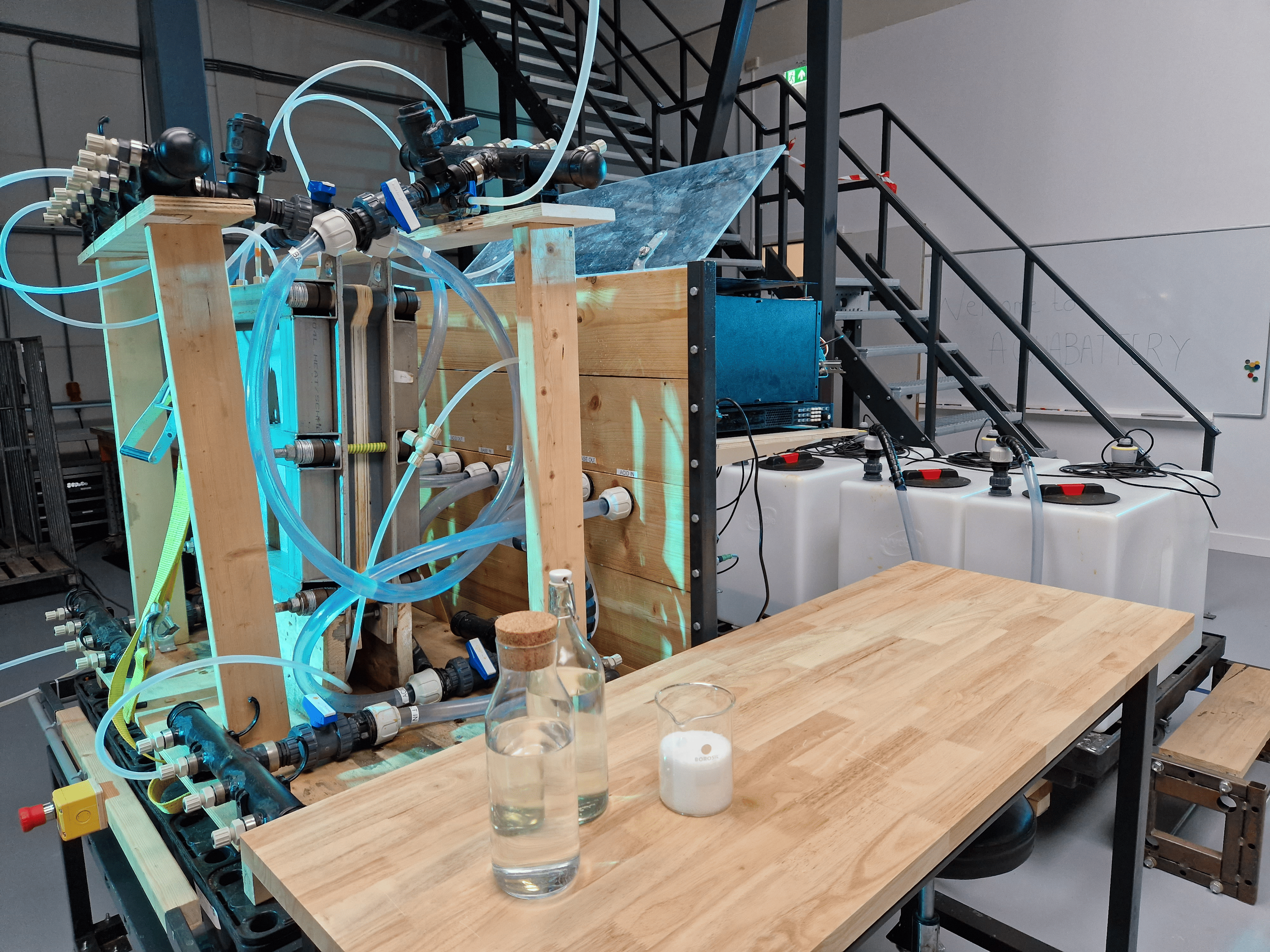
‘Hollow Mountain’: Scotland’s ambitious expansion
In the west of Scotland, the renewable power developer Drax is embarking on a £500 million expansion of an existing hydro storage plant known as ‘Hollow Mountain’. The project aims to increase the station’s generating capacity by 600 megawatts, contributing to Scotland’s net-zero targets.
At the heart of ‘Hollow Mountain’ is a pumped storage power plant, which operates like the Nant de Drance facility in Switzerland. It uses two large water reservoirs at different heights, with turbines pumping water from the lower pool to the upper to store energy.
The potential impact of water batteries
Water batteries like Nant de Drance and ‘Hollow Mountain’ hold great potential for energy storage and grid resilience. They can store excess energy when it is not needed and release it to generate electricity when demand is high. This versatility makes them an invaluable asset in the transition to renewable energy.
Also, these facilities are environmentally friendly. Unlike traditional dam-based hydropower systems, they do not disrupt river systems or require extensive dam construction. Moreover, the use of existing infrastructure in projects like Nant de Drance minimizes their impact on the landscape.
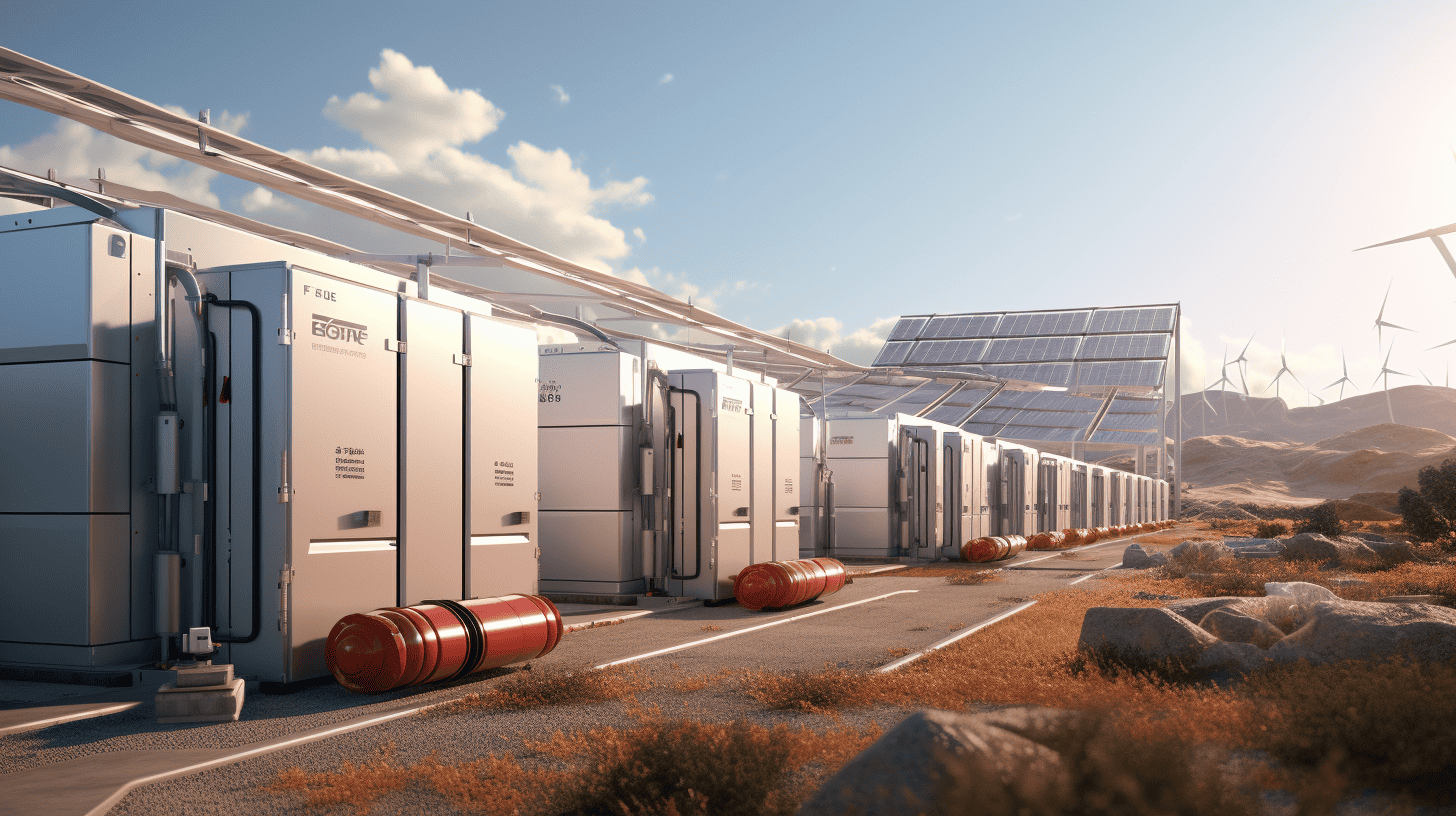
The future of hydroelectric energy storage
The global potential for pumped storage hydropower is immense. Around 600,000 potential sites globally have been identified for closed-loop systems, although one percent of them would be enough to meet global energy storage demands. With continued investment in research and innovation, along with the adoption of advanced technologies, the role of PSH in the clean energy transition is set to expand.
Indeed, high-capacity storage facilities like Nant de Drance and ‘Hollow Mountain’ are essential for countries aiming to increase their use of renewable energy. Europe, for instance, aims to increase its renewables target to 42.5 percent by 2030. The European Association for Storage of Energy estimates that the continent will need 200 gigawatts of storage by 2030, more than four times its current capacity.
In conclusion, water batteries offer an innovative and sustainable solution for energy storage. As the world continues to grapple with the climate crisis, developing and expanding these facilities will play a crucial role in our transition to a cleaner, more sustainable future.




